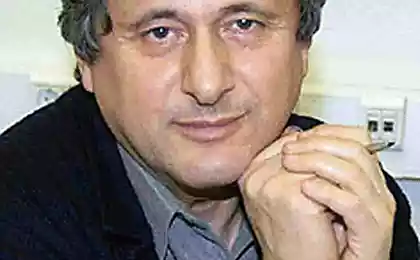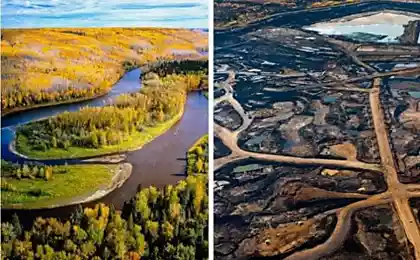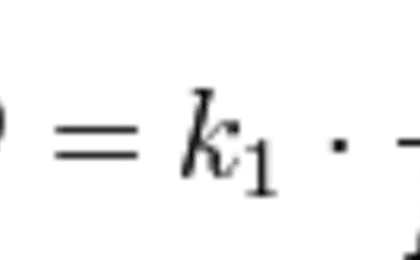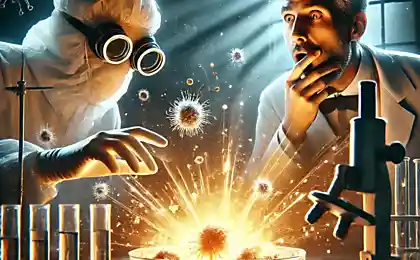507
Can industrial chemicals be eco-friendly?
The natural world is arranged so that materials are endlessly re-used Bolshom the number of processes. Organic matter decomposes and is reused by the collection of insects and microorganisms that in turn produce a new set of materials for use by other members of the natural world. Whether in our industry applied the same principle to produce products that are used endlessly in cycles?
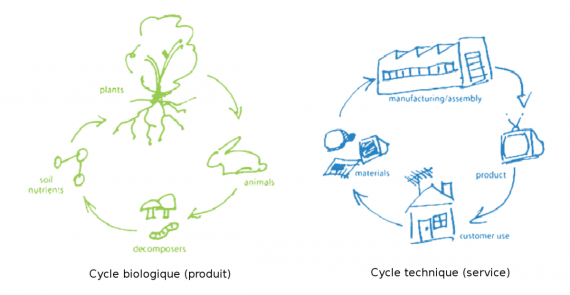
The answer lies in learning of the invention from raw material to end consumption and re-design the cycle so that it became a continuous cycle.
Architect William McDonough (William McDonough) and chemist Michael Braungart (Michael Braungart) developed the concept of "cradle to cradle" (cradle to cradle backings or abbreviated as S2S), which includes the design of a continuous cycle of materials. Their concept is the distribution of the production process any product of type 2 costului:
Modern products contain a huge range of materials, many of which are composites, chemicals and structures not found in the natural world. Many of these man-made materials have caused deep destruction of our global ecosystem.
Of particular concern are by-products that mimic animal and human hormones, ancient leading as disrupters of the endocrine system. As they can slow down or destroy the ability to the destruction of animals and humans, providing a devastating impact on the ability to the birth and production.
How can I prevent the ingress of our products are toxic and harmful to health and dangerous in any sense of chemicals?
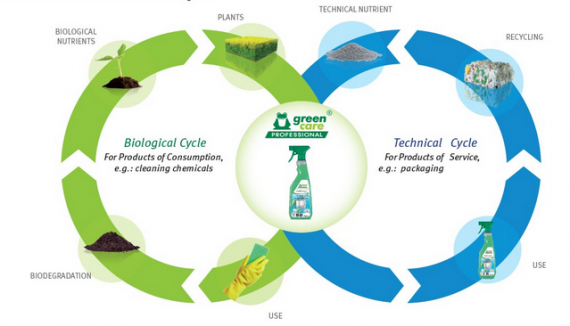
One of the possible answers to this question came from the chemists in the guise of environmentally friendly chemistry. Green chemistry is the use of chemistry in the development and production of products to reduce or eliminate the use of hazardous substances in the source from which they are produced. Also developed a number of principles and concepts of sustainable chemistry for the quantitative determination of its use. As you can see, following the principles of sustainable chemistry is designed to follow the laws already created by nature:
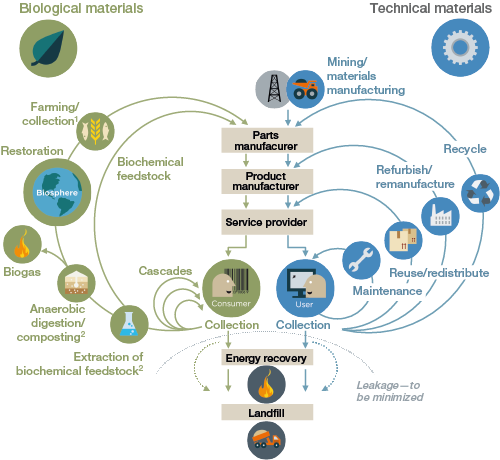
These and other principles of environmental chemistry can be applied in the development and updating of production from the beginning to minimize problems, svyazannye with the use of chemicals in a wide range of daily goods. List of materials environmental chemistry Environmental chemistry with S2S approach is responsible for creating the list of chemicals and materials that can potentially be used in your products.
The final step in the S2S approach is to imagine entirely rethink what we are trying to achieve in your designs and through your business.
Environmental development is a continuous process of training of resistance and subsequent attempts to apply what you have learned in every aspect of your business. published by P. S. And remember, only by changing their consumption — together we change the world! ©
Source: rodovid.me/ustoichivoe_razvitie/mozhet-li-promyshlennaya-himiya-byt-ekologichnoy.html

The answer lies in learning of the invention from raw material to end consumption and re-design the cycle so that it became a continuous cycle.
Architect William McDonough (William McDonough) and chemist Michael Braungart (Michael Braungart) developed the concept of "cradle to cradle" (cradle to cradle backings or abbreviated as S2S), which includes the design of a continuous cycle of materials. Their concept is the distribution of the production process any product of type 2 costului:
- biological components that can seamlessly back into the natural ecosystem without any damage to water and air.
- technological components that can continuously rotate as essential components in the cycle of technology closed-loop system.
Modern products contain a huge range of materials, many of which are composites, chemicals and structures not found in the natural world. Many of these man-made materials have caused deep destruction of our global ecosystem.
Of particular concern are by-products that mimic animal and human hormones, ancient leading as disrupters of the endocrine system. As they can slow down or destroy the ability to the destruction of animals and humans, providing a devastating impact on the ability to the birth and production.
How can I prevent the ingress of our products are toxic and harmful to health and dangerous in any sense of chemicals?

One of the possible answers to this question came from the chemists in the guise of environmentally friendly chemistry. Green chemistry is the use of chemistry in the development and production of products to reduce or eliminate the use of hazardous substances in the source from which they are produced. Also developed a number of principles and concepts of sustainable chemistry for the quantitative determination of its use. As you can see, following the principles of sustainable chemistry is designed to follow the laws already created by nature:
- design chemical processes so that to Predoctoral and eliminate waste;
- design chemicals that are safer and more effective but with little or no effectiveness;
- design chemical processes so that the use of renewable materials;
- develop chemicals that will decompose after use;
- design chemical processes so that they proceeded at a lower temperature and pressure.

These and other principles of environmental chemistry can be applied in the development and updating of production from the beginning to minimize problems, svyazannye with the use of chemicals in a wide range of daily goods. List of materials environmental chemistry Environmental chemistry with S2S approach is responsible for creating the list of chemicals and materials that can potentially be used in your products.
- In the beginning, create a list of items "X", which should never be used
- then the "grey" list of materials that can be used with a special need;
- finally, the list of materials "P" or "positive", and chemicals that it is safe to use.
The final step in the S2S approach is to imagine entirely rethink what we are trying to achieve in your designs and through your business.
Environmental development is a continuous process of training of resistance and subsequent attempts to apply what you have learned in every aspect of your business. published by P. S. And remember, only by changing their consumption — together we change the world! ©
Source: rodovid.me/ustoichivoe_razvitie/mozhet-li-promyshlennaya-himiya-byt-ekologichnoy.html














